HANS HOFMANN (1880-1966)



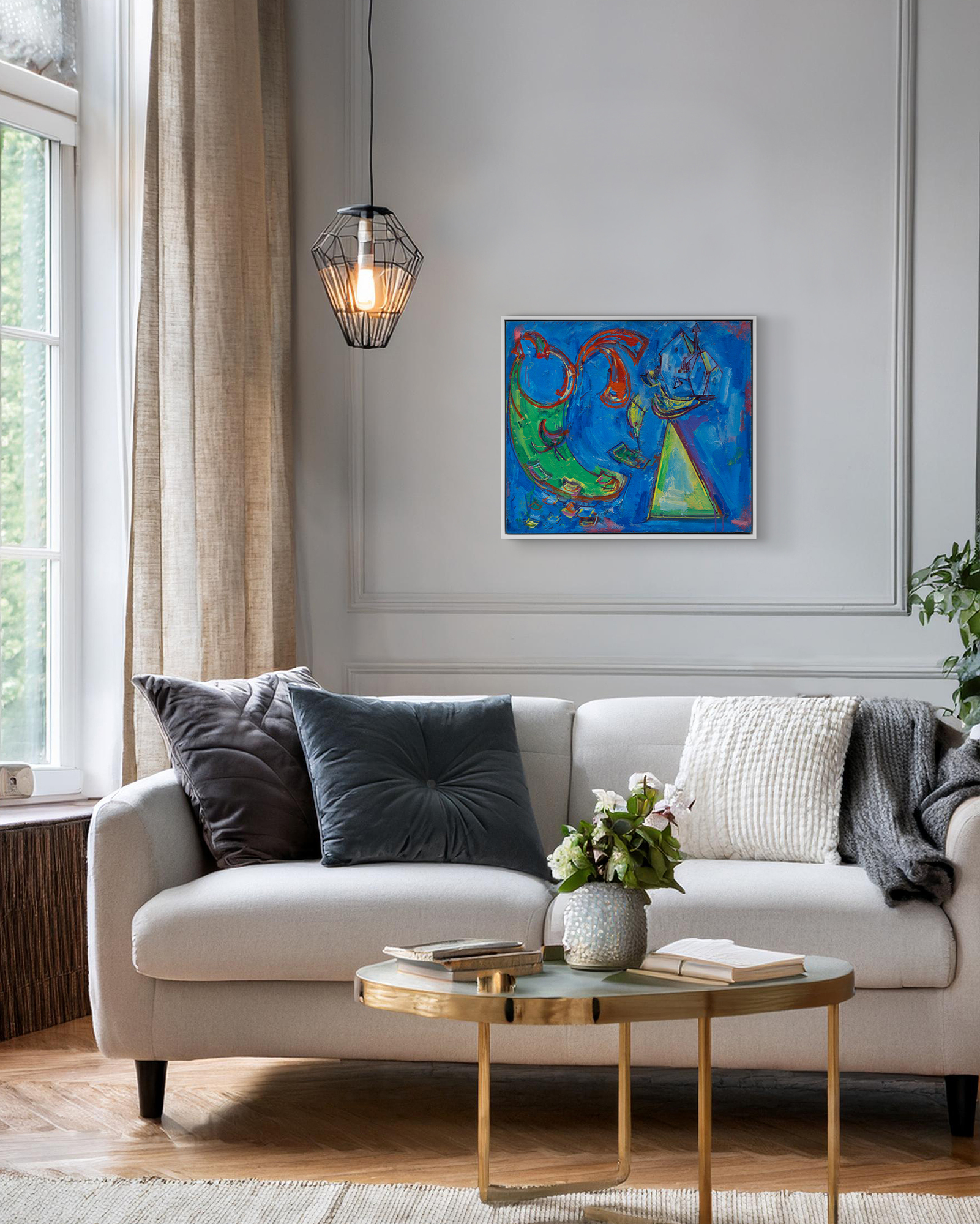

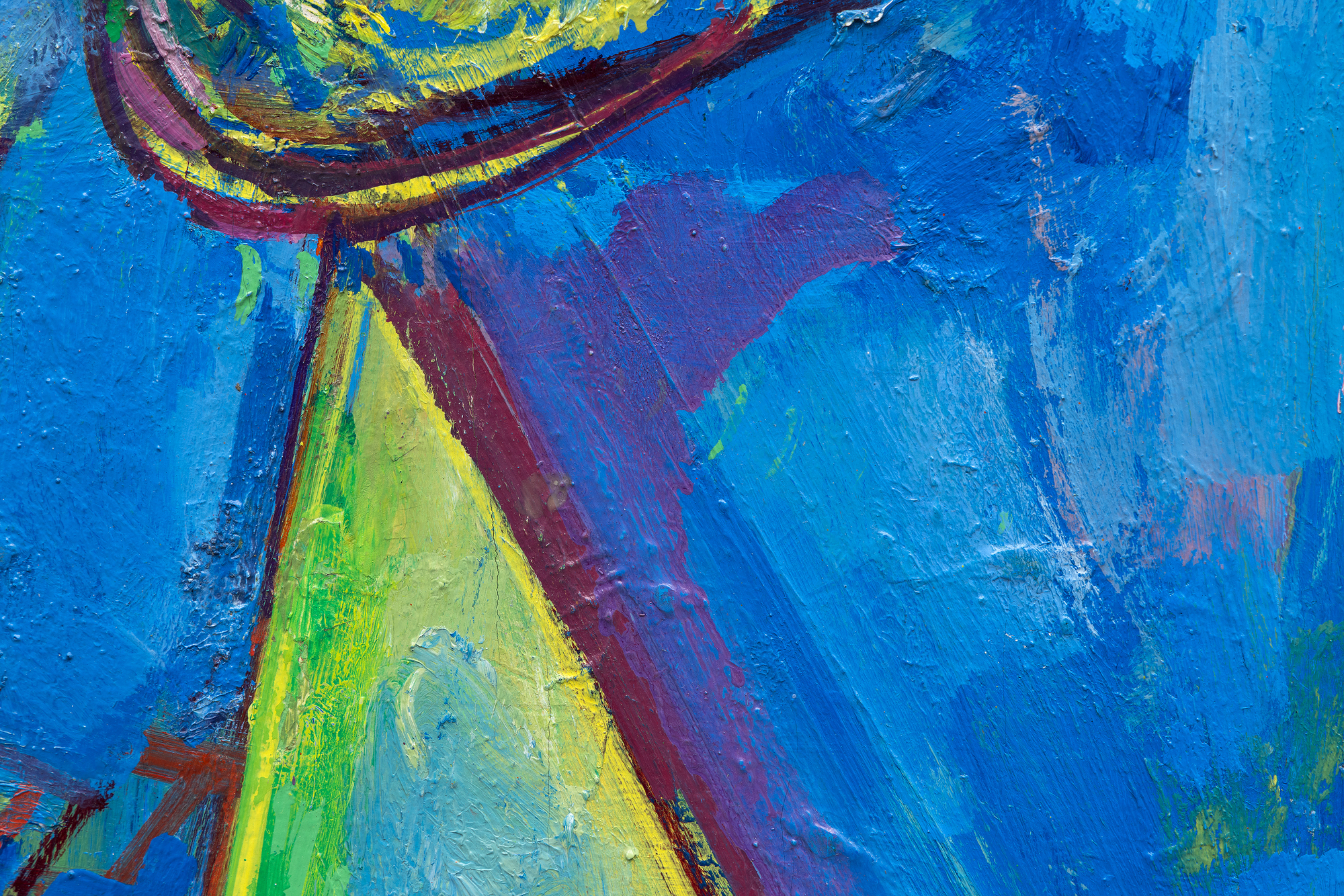
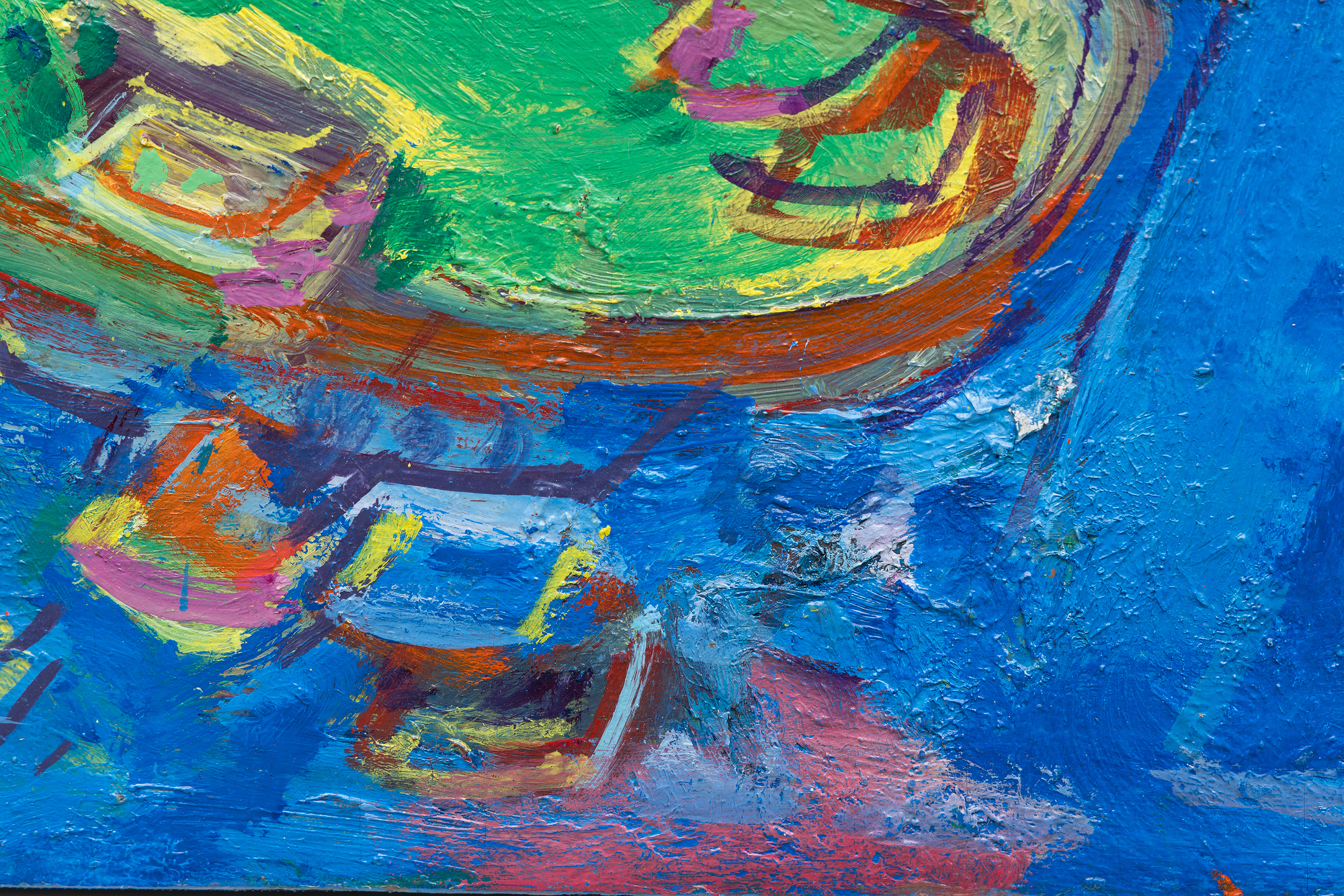
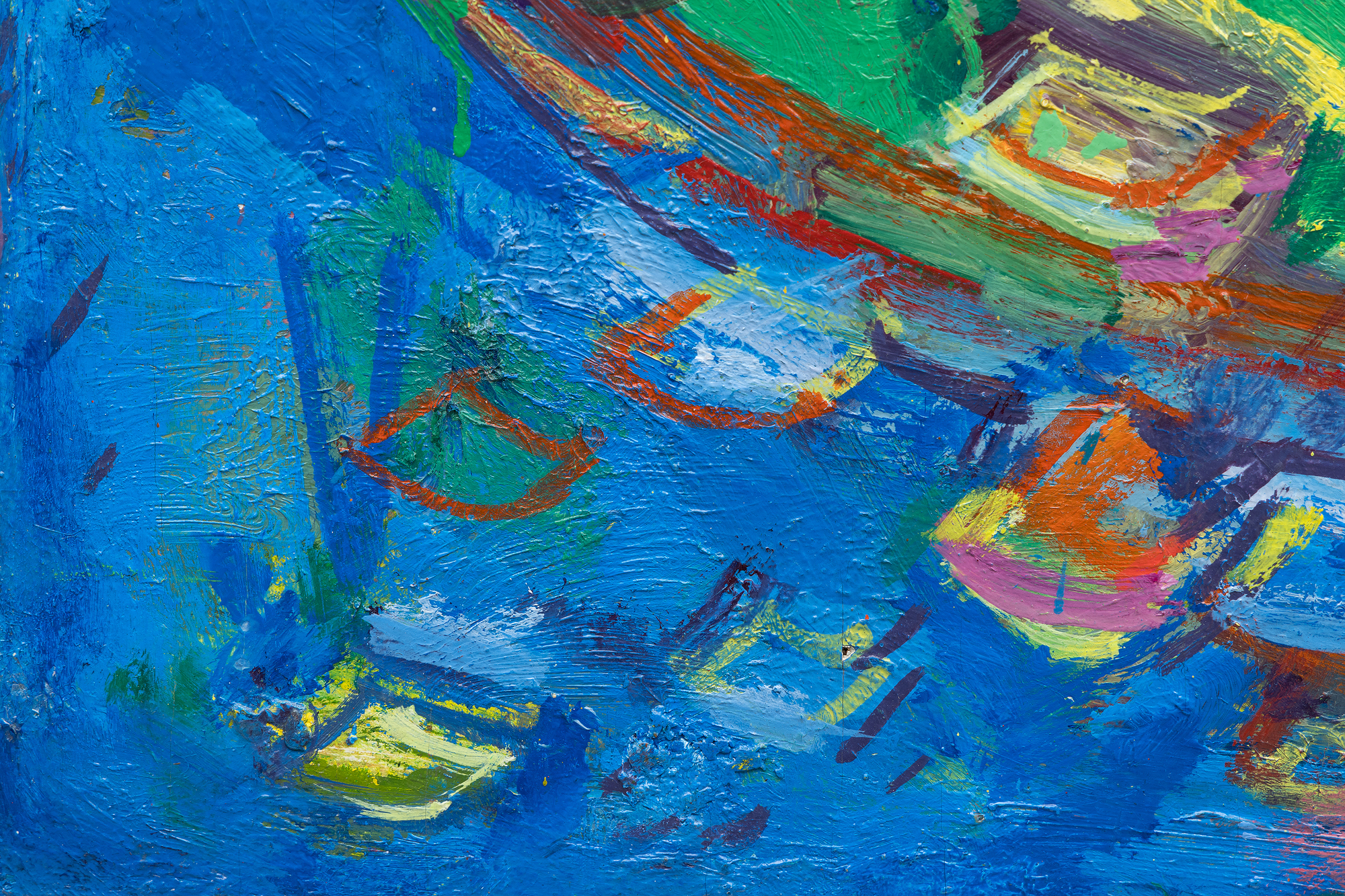
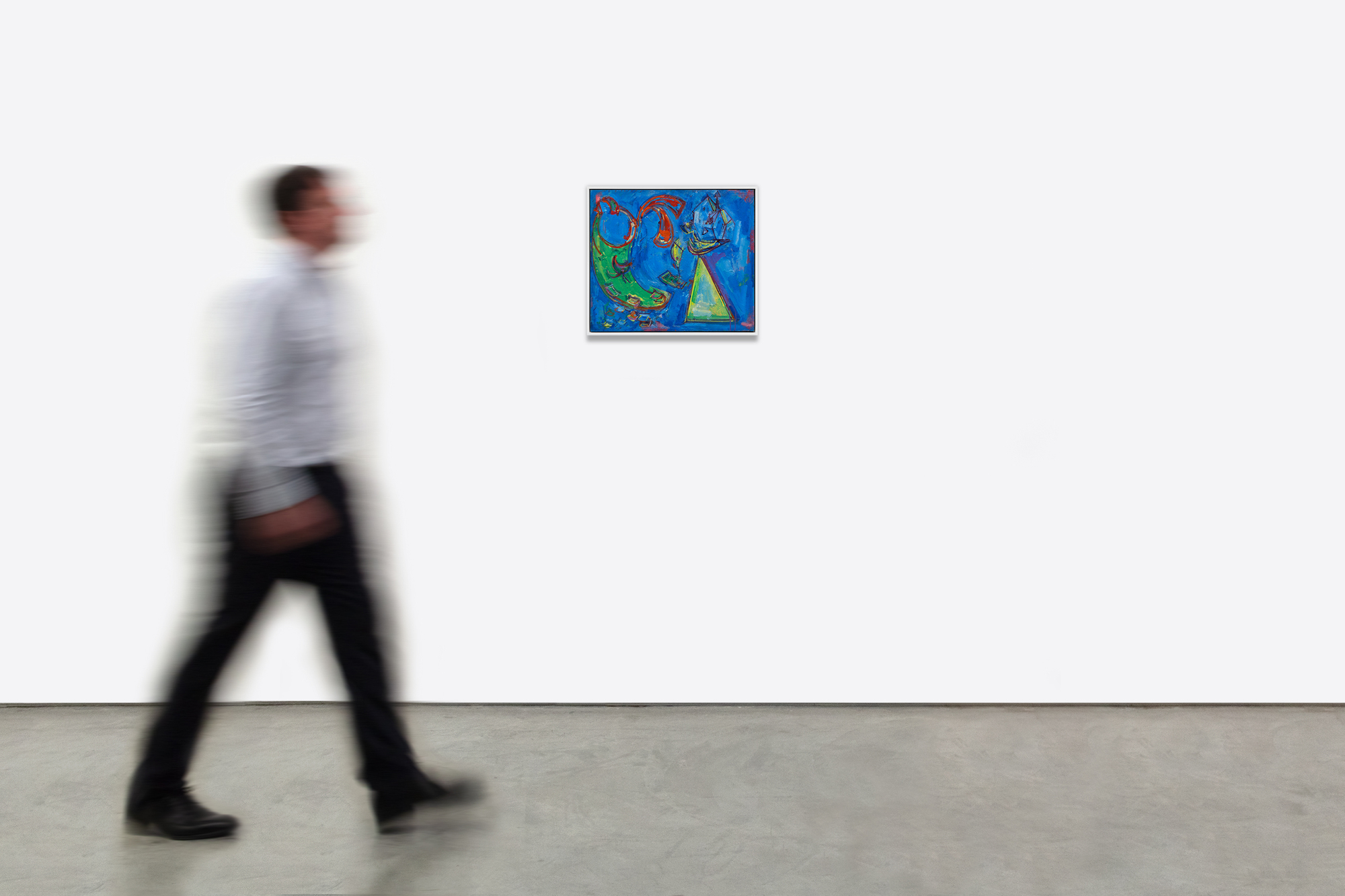
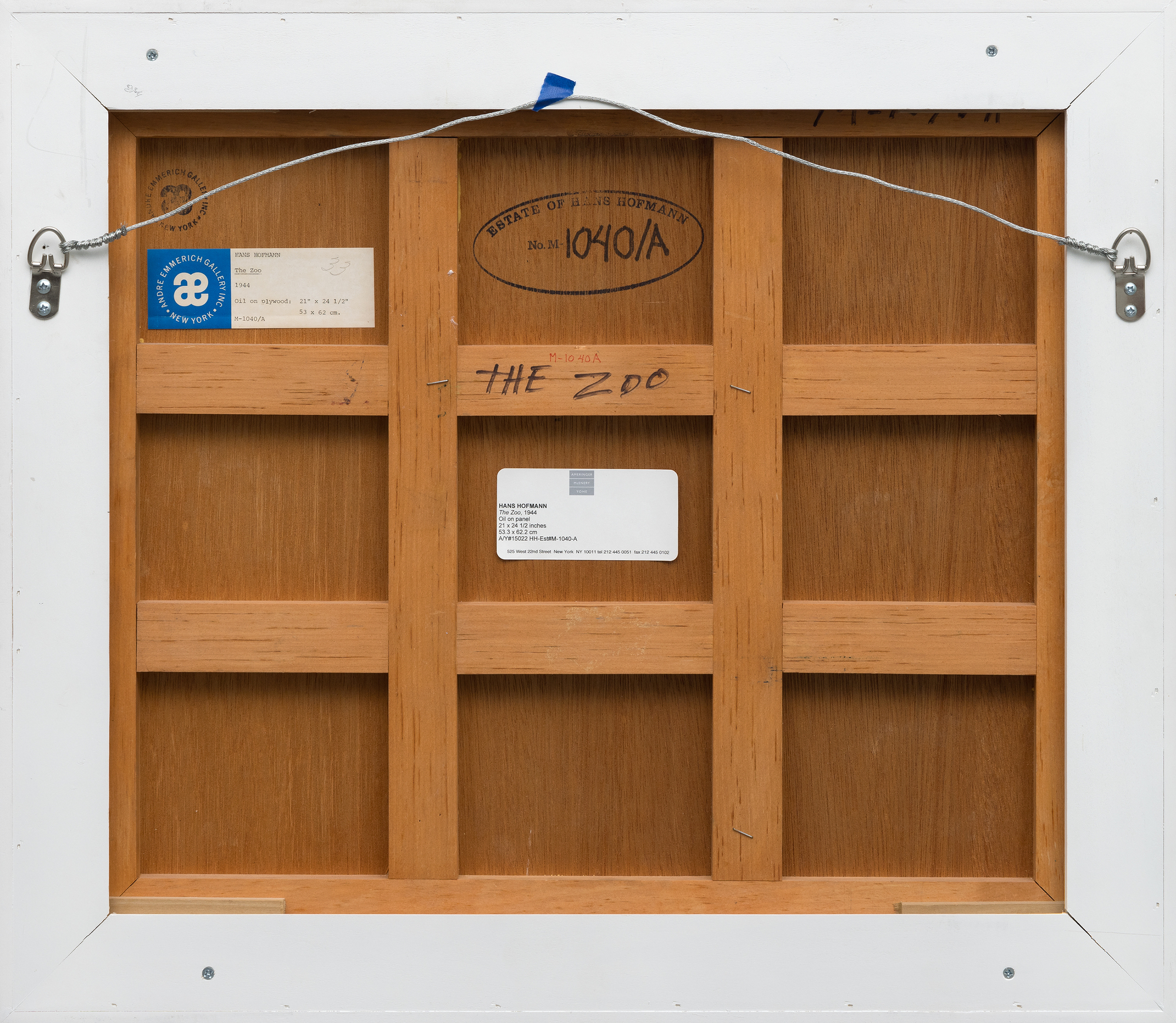
Procedencia
Colección del artistaThe Renate, Hans and Maria Hofmann Trust, Nueva York, Nueva York
Ameringer | McEnry | Yohe, Nueva York, Nueva York
Colección privada, Nueva Jersey
Exposición
Nueva York, Nueva York, Ameringer | McEnry | Yohe, Hans Hofmann: Cuadros de verano: Pinturas y obras sobre papel, 9 de diciembre de 2010 - 29 de enero de 2011Literatura
Ameringer | McEnery | Yohe, Hans Hofmann: Cuadros de verano: Paintings & Works on Paper, "Art in America", anuncio de la exposición, Nueva York, Nueva York, 2010, p. 11 (ilustrado en color)Ameringer | McEnery ...Más....| Yohe, Hans Hofmann: Pictures of Summer: Paintings & Works on Paper, "ARTnews", 109, nº 11, anuncio de la exposición, Nueva York, Nueva York, 2010, contraportada (ilustrada en color)
Suzi Villiger, Hans Hofmann: catálogo razonado de pinturas, volumen II, Surrey, 2014, HH cat. no. 351-1944, p. 279 (ilustrado en color)
...MENOS.... Precio380,000
Muy influidas por el automatismo surrealista y las formas biomórficas de Joan Miró, las formas orgánicas y los colores vivos parecen palpitar de vida, desdibujando la frontera entre abstracción y figuración. Sin embargo, a diferencia de los delicados paisajes oníricos de Miró, la pincelada de Hofmann transmite una energía musculosa, cimentando la composición en su característico estilo gestual.
The Zoo refleja la habilidad de Hofmann para equilibrar la espontaneidad con unas elecciones compositivas deliberadas. El resultado es una obra vibrante y llena de alegría que celebra la complejidad visual del mundo y la ilimitada libertad creativa de la abstracción durante esta fase crucial de su carrera.


